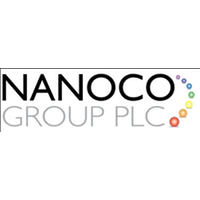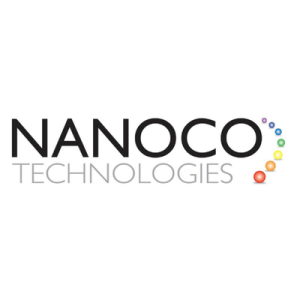Concept
quantum dot, commonly abbreviated to QD, from English quantum dot, is a point nanostructure, which, due to its small size and structure, presents a strong quantization of energy levels.
In general terms, the quantum dots are tiny crystals used to absorb certain frequencies of light (which correspond to colors) and emit other frequencies as needed.
LED and OLED panels
Before we talk about quantum dots, it is necessary to know a little about panels. The OLED system works with organic diodes, where each pixel is able to control its lighting independently.
In this way, these panels don’t need a backlight. When the pixels that need to emit dark color, they “erase”, generating purer black tones. In addition, these displays are thinner and consume less power than LED and Plasma displays.
Nanoco Group PLC (LON:NANO) leads the world in the research, development and large-scale manufacture of heavy metal-free nanomaterials for use in displays, lighting, vertical farming, solar energy and bio-imaging.


